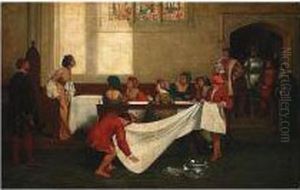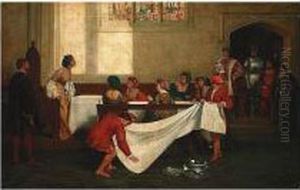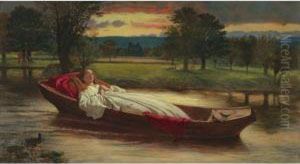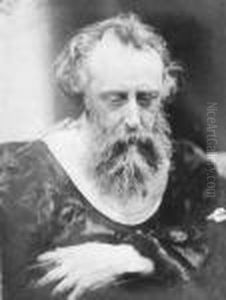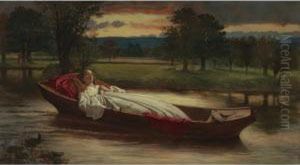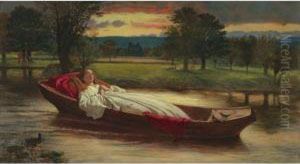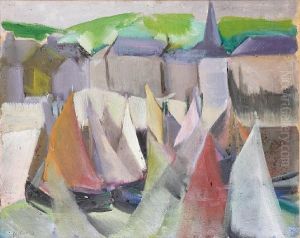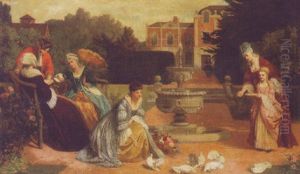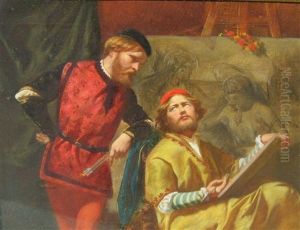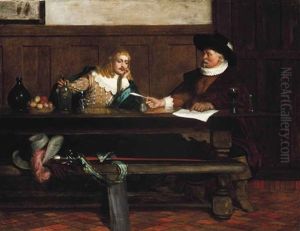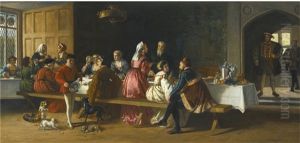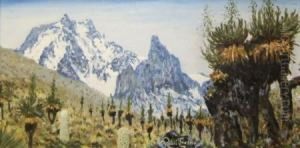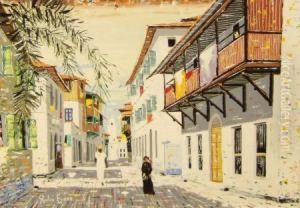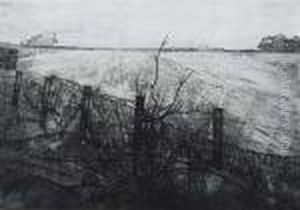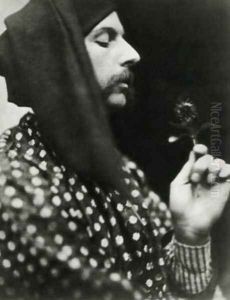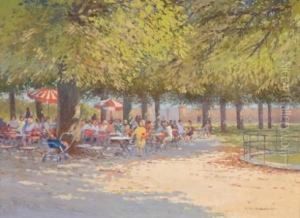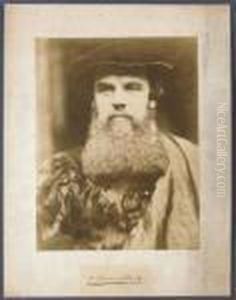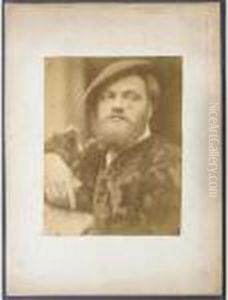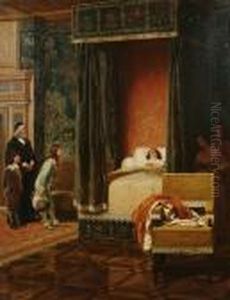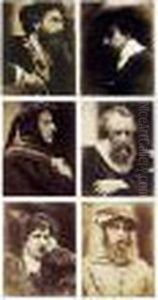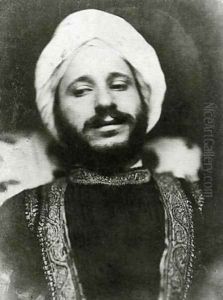David Wilkie Wynfield Paintings
David Wilkie Wynfield was a notable British photographer and painter, recognized primarily for his contributions to Victorian era art. Born in 1837, Wynfield was named after his godfather, the famous painter Sir David Wilkie. His initial training and early career focused on painting, studying at the Royal Academy in London. As a painter, Wynfield was influenced by the Pre-Raphaelite Brotherhood, which is reflected in his meticulous attention to detail and the vivid portrayal of historical themes.
Wynfield's transition into photography occurred in the 1860s, a time when the medium was gaining prominence. He became renowned for his distinctive style of portrait photography, which emulated the soft focus and dramatic lighting of Old Master paintings. This style was particularly influential and became known as the 'Wynfield Style,' characterized by its artistic approach to photographic portraiture, aiming to elevate photography to the status of fine art.
Among his most famous works are the series of portraits of his contemporaries, many of whom were members of the artistic and literary circles of his time, including the likes of Charles Dodgson (better known as Lewis Carroll), and Julia Margaret Cameron. These portraits not only capture the physical likeness but also the persona and mood of the subjects, making Wynfield a pioneer in artistic portrait photography.
Wynfield's contributions to the arts were cut short by his premature death in 1887. Despite his relatively brief career, his work had a lasting impact on the field of photography, particularly in how portraits could be imbued with artistic qualities traditionally reserved for paintings. His legacy is preserved through his photographs, which remain a significant part of Victorian art history.
